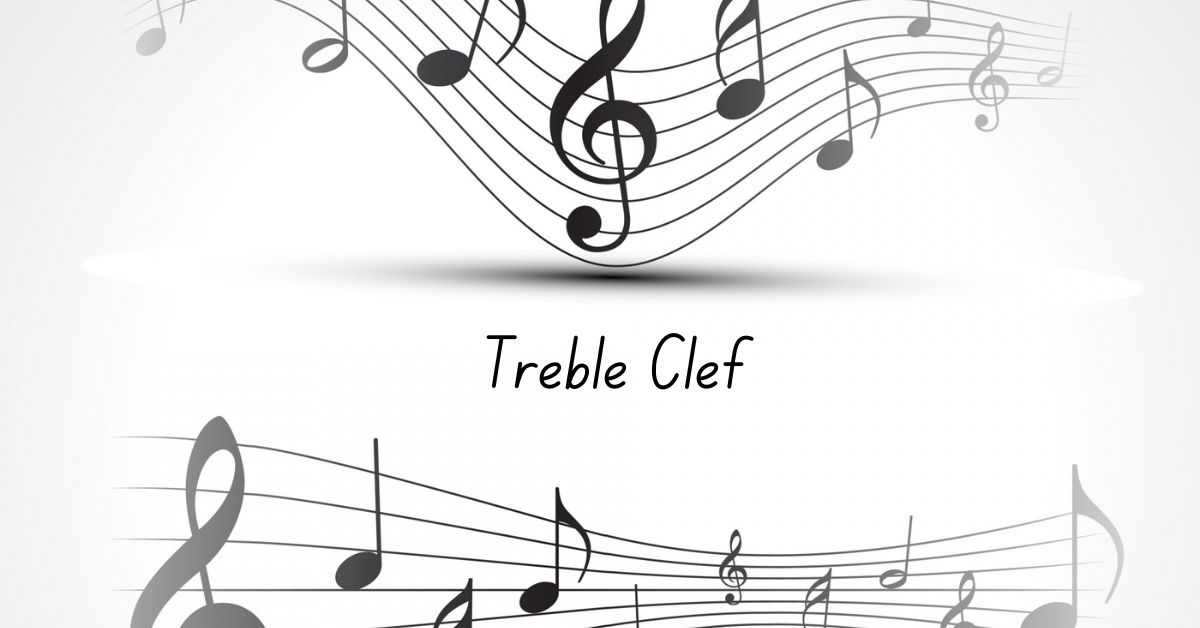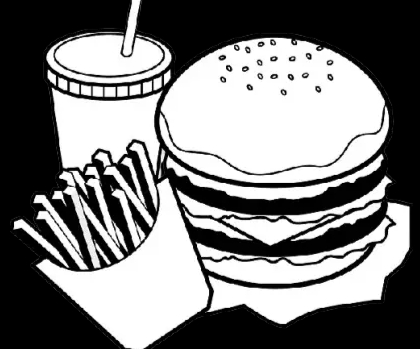Treble Clef: A Beginner’s Guide

Clefs are essential symbols in music notation that help musicians determine the pitch of notes on a staff. In Western music, the staff consists of five lines and four spaces where notes are placed. Clefs, such as the treble clef and bass clef, indicate the pitch range of these notes, guiding musicians in reading and playing music accurately.
Starting with the Treble Clef
For beginners learning the piano, the it is a great starting point. When reading sheet music, you will often begin with this clef and play from Middle C using your right hand. In a standard position on the keyboard, most notes played with the right hand are notated in the treble clef.
What is the Treble Clef?
The treble clef is a symbol in Western music notation that indicates the pitch of written notes. It is also called the G-clef because its inner curve encircles the note G on the second line of the staff. Other names for the treble clef include “violin clef” and “G-clef octave.”
This clef is primarily used for high-pitched instruments such as the flute, clarinet, violin, and trumpet. Additionally, instruments like the guitar and voice parts often use it
How is the Treble Clef Written?
The treble clef is placed at the beginning of the staff on the far left side. It highlights the second line from the bottom, which represents the note G. The symbol resembles a stylized letter G, and all notes positioned above this line are higher in pitch, while those below it are lower. To read music in it, musicians must familiarize themselves with the placement of notes on the staff.
Understanding the Staff
The staff serves as the foundation for music notation, with each line and space representing a specific white key on the piano. In some cases, ledger lines—small lines added above or below the staff—extend the range to accommodate higher or lower notes.
Reading Notes in the Treble Clef
Since the second line of the staff represents the note G, moving up or down the staff follows the musical alphabet. The space above G is A, while the space below is F.
- The notes on the lines are E, G, B, D, and F. A common mnemonic to remember them is “Every Good Boy Deserves Favour” or “Every Good Boy Does Fine.”
- The notes in the spaces spell FACE, which is easy to remember without a mnemonic.
What are Accidentals?
In addition to reading notes, musicians must also recognize accidentals—symbols that alter a note’s pitch. These include:
- Sharps (♯): Raise a note by one semitone.
- Flats (♭): Lower a note by one semitone.
- Naturals (♮): Return a note to its original pitch after a sharp or flat.
Conclusion
The treble clef is a fundamental aspect of music notation and is crucial for musicians playing various instruments. Learning to read notes in this clef allows musicians to play accurately and with confidence. While mastering the treble clef takes time and practice, the ability to interpret music notation is an invaluable skill for any musician.
Visit Factor-meals.com for more.



